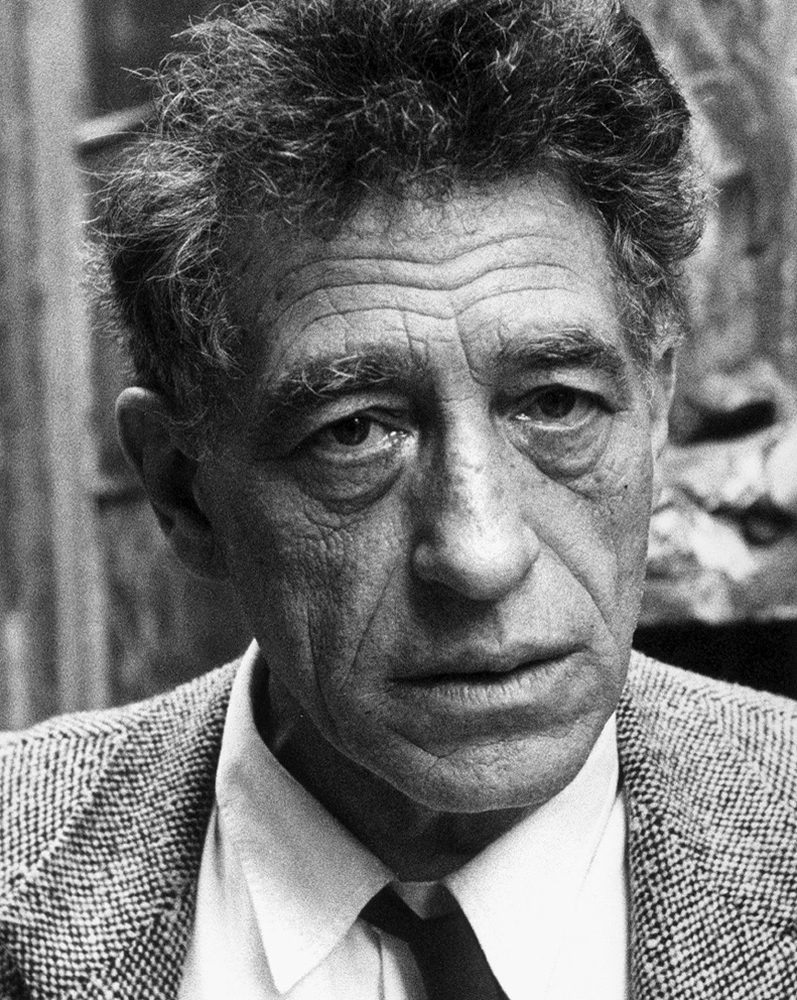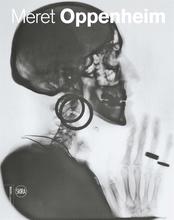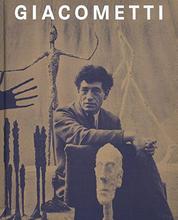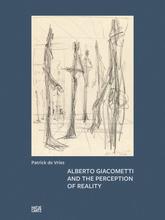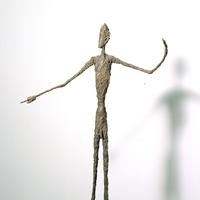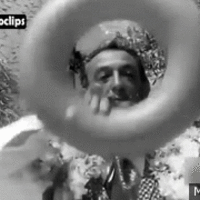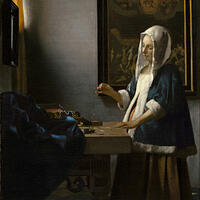More about Alberto Giacometti
- All
- Info
- Shop
Works by Alberto Giacometti

Contributor
Albert Giacometti was nothing if not perseverant, and it paid off...most of the time.
Happy to rework a sculpture indefinitely, one of his standout failures was sculpting a poor sod who sat for him 400 times and still the thing didn’t come out right. Ouch, for both model and artist. In post-war Paris he spent 5 years studying the human head, his sister’s and that of bohemian artist and Giacometti’s lover Isabel Rawsthorne.
His patience was rewarded, his artwork The Marching Man I is on the 100 Swiss Franc banknote. That seems about right, since recently his works sold for $53.3 and $104.3 million. This also helps explain why the French foreign minister Roland Dumas (who was also Pablo Picasso’s former lawyer) was convicted of illegally selling Giacometti's works. It was just too lucrative to pass up.
Giacometti, like Edoardo Paolozzi in Scotland and others, worked in the same small, ramshackle workshop for 40 years until he died. He lived there with his brother, a number of lovers, and later his wife. Odd given all that money he made. Early on he and his brother designed lamps and furniture for a fancy Parisian interior architect. Later his art made a bundle, and he didn't need to work for anyone, but still lived modestly.
He was Swiss, born on the Italian border, and lived through WWII. Giacometti had the weirdest personal crisis ever. He was in Paris when WWII broke out and subsequently his drawings and sculptures of people became smaller and smaller. When he left occupied Paris for Switzerland, he saw his figures shrink with each try. For four years he made frantic looking, needle-size figures, echoing his anxieties about the war. The result is outright scary; it’s like looking at extract of human. His figures are all skin and bones, thinner even than a human skeleton and with drawn out, long bodies. His brother and sister often sat for him and he repaid the favor by reducing them to impossibly tall, pencil-thin people with a bad skin condition. No one knows why the men are moving and women standing still, but I warrant perhaps it has something to do with soldiers going to battle. War. What is it good for? Great art, I suppose.
Featured Content
Here is what Wikipedia says about Alberto Giacometti
Alberto Giacometti (/ˌdʒækəˈmɛti/,
US also /ˌdʒɑːk-/,
Italian: [alˈbɛrto dʒakoˈmetti]; 10 October 1901 – 11 January 1966) was a Swiss sculptor, painter, draftsman and printmaker, who was one of the most important sculptors of the 20th century. His work was particularly influenced by artistic styles such as Cubism and Surrealism. Philosophical questions about the human condition, as well as existential and phenomenological debates played a significant role in his work.
Beginning in 1922, he lived and worked mainly in Paris but regularly visited his hometown Borgonovo to see his family and work on his art. Around 1935, he gave up on his Surrealist influences to pursue a more deepened analysis of figurative compositions.
Giacometti wrote texts for periodicals and exhibition catalogues and recorded his thoughts and memories in notebooks and diaries. His critical nature led to self-doubt about his own work and his self-perceived inability to do justice to his own artistic vision. His insecurities nevertheless remained a powerful motivating artistic force throughout his entire life.
Between 1938 and 1944 Giacometti's sculptures had a maximum height of seven centimeters (2.75 inches). Their small size reflected the actual distance between the artist's position and his model. In this context he self-critically stated: "But wanting to create from memory what I had seen, to my terror the sculptures became smaller and smaller".
After World War II, Giacometti created his most famous sculptures: his extremely tall and slender figurines. These sculptures were subject to his individual viewing experience—between an imaginary yet real, a tangible yet inaccessible space.
In Giacometti's whole body of work, his painting constitutes only a small part. After 1957, however, his figurative paintings were equally as present as his sculptures. The almost monochrome paintings of his late work do not refer to any other artistic styles of modernity.
Check out the full Wikipedia article about Alberto Giacometti

